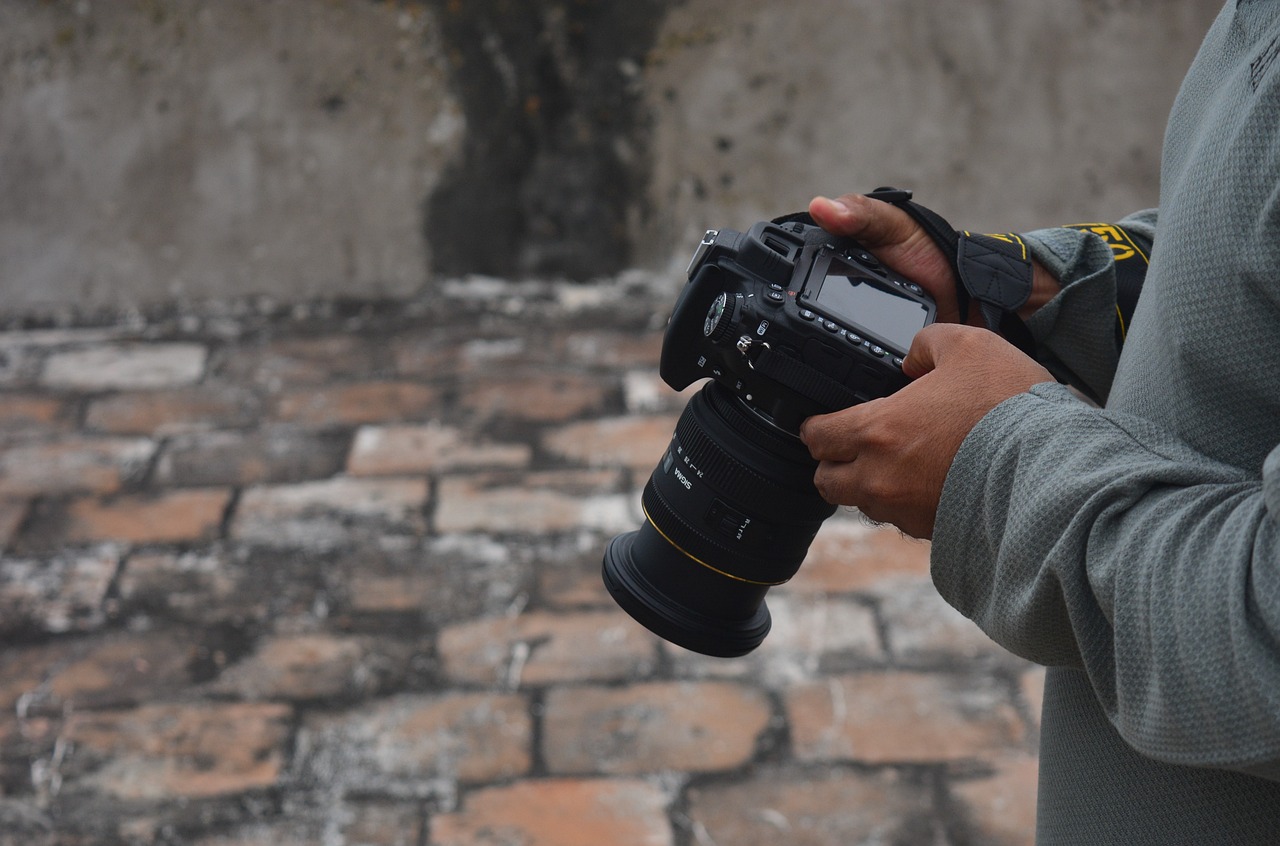Welcome to the world of landscape photography, where breathtaking vistas and stunning natural wonders await. Whether you’re just starting out with a camera in hand or have already dabbled in capturing the beauty of Mother Nature, there’s always room to level up your skills and take your landscape photography from amateur to pro. Original photography is important to learn if you are new to landscape photography. In this blog post, we’ll delve into some key aspects that will help you enhance your craft and elevate your photographs to new heights. From investing in quality gear to understanding light, studying composition, and using the right settings – we’ve got you covered! So grab your camera, and let’s embark on an exciting journey towards becoming a master of landscape photography.

Invest in Quality Gear
Investing in quality gear is one of the most important steps you can take to level up your landscape photography skills. While it’s true that a skilled photographer can capture stunning images with any camera, having the right equipment will undoubtedly enhance your ability to capture every intricate detail and nuance of the natural world. First and foremost, consider investing in a DSLR or mirrorless camera that allows for manual control over settings such as aperture, shutter speed, and ISO. This level of control will give you the flexibility needed to adapt to different lighting conditions and create captivating compositions. In addition to a capable camera body, lenses play a crucial role in capturing pristine landscapes. Wide-angle lenses are trendy among landscape photographers as they allow for expansive views and emphasize depth.
Understand Lighting
Understanding lighting is the most essential skill for any landscape photographer. It can make or break a photo, transforming an ordinary scene into something extraordinary. Light affects the mood, depth, and overall impact of your images. You must observe light in different settings and conditions to truly understand light. Pay attention to how it falls on various subjects – whether it’s soft morning light filtering through trees or dramatic golden hour rays casting long shadows across a field. Experiment with shooting at different times of day and in varying weather conditions to see how they affect the quality of light.

Use the Right Settings
When it comes to landscape photography, using the right settings is crucial in capturing stunning images. It’s about more than just having a good camera and lens; understanding the different settings and how they can enhance your photos is essential. Let’s talk about aperture. Choosing the appropriate aperture will determine the depth of field in your photo. A wider aperture (lower f-stop number) will create a shallow depth of field, highlighting your subject while blurring the background. On the other hand, a smaller aperture (higher f-stop number) will increase the depth of field, ensuring that both foreground and background are in focus. Next up is shutter speed. This setting controls how long your camera’s sensor is exposed to light.
Study Composition
Composition is a crucial element in landscape photography that can make or break your shot. It involves arranging the elements within your frame to create balance, harmony, and visual interest. By studying composition techniques, you can take your landscape photography skills to the next level. One important concept to understand is the rule of thirds. This involves mentally dividing your frame into nine equal parts using two horizontal lines and two vertical lines. The points where these lines intersect are known as “power points.” Placing key elements of interest along these power points can create a more visually pleasing image.
Transforming from an amateur into a pro landscape photographer requires patience and continuous learning, but it’s a journey worth pursuing if capturing breathtaking nature scenes brings joy to your life! So grab your gear, head out into the great outdoors, and start exploring the world through your lens – who knows what wonders await? We hope that you have found this blog post helpful.
